The story of Ghia – part 2
Read part 1 The revolution by Savonuzzi The succession of prototypes made on behalf of Chrysler undoubtedly influenced the 1951 project by Piero Dusio,…
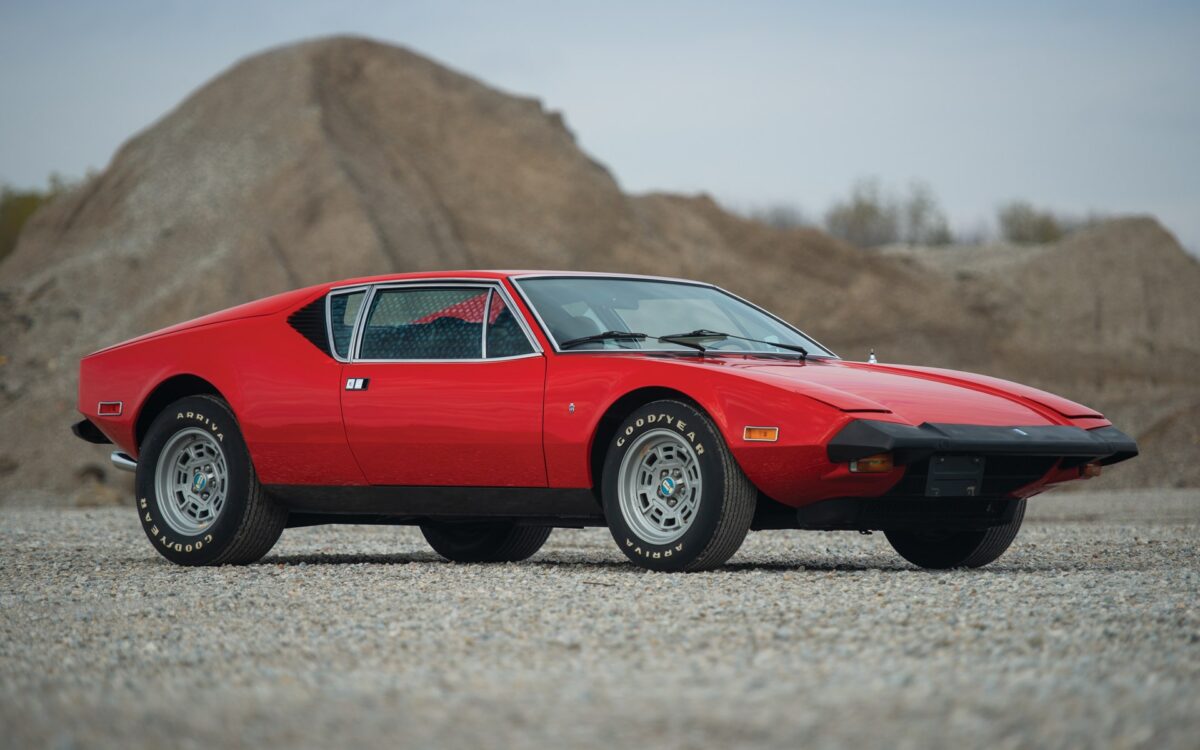
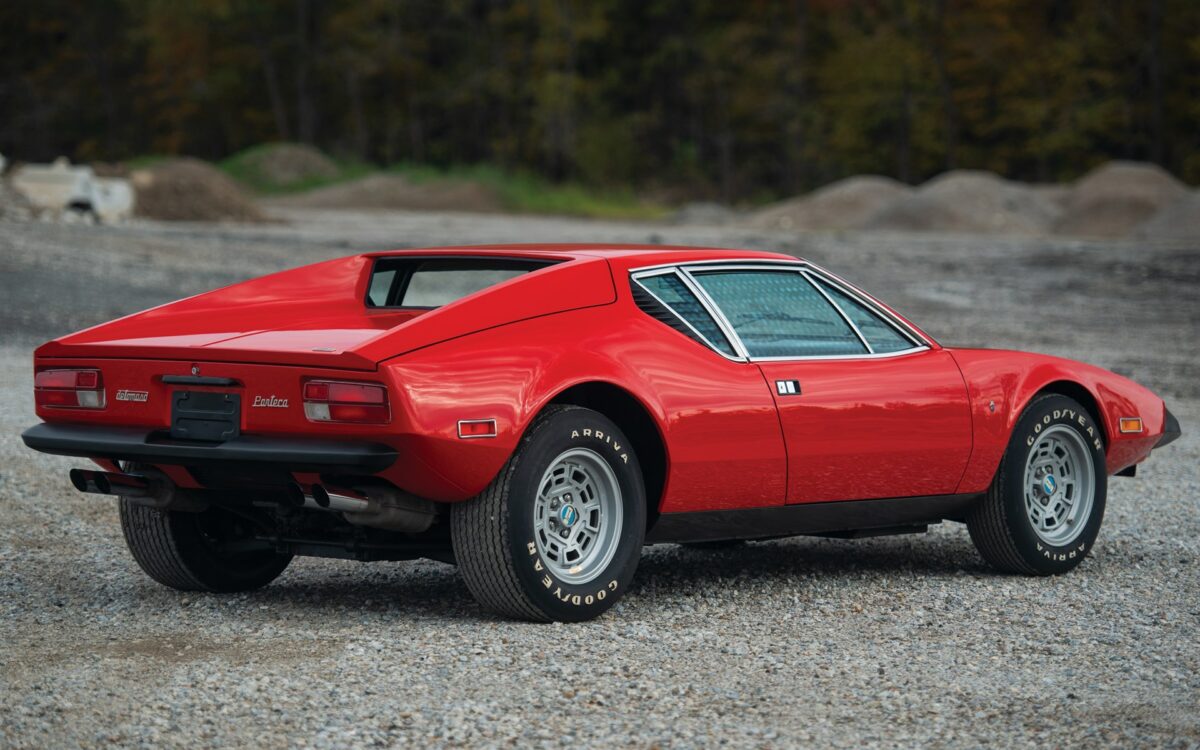
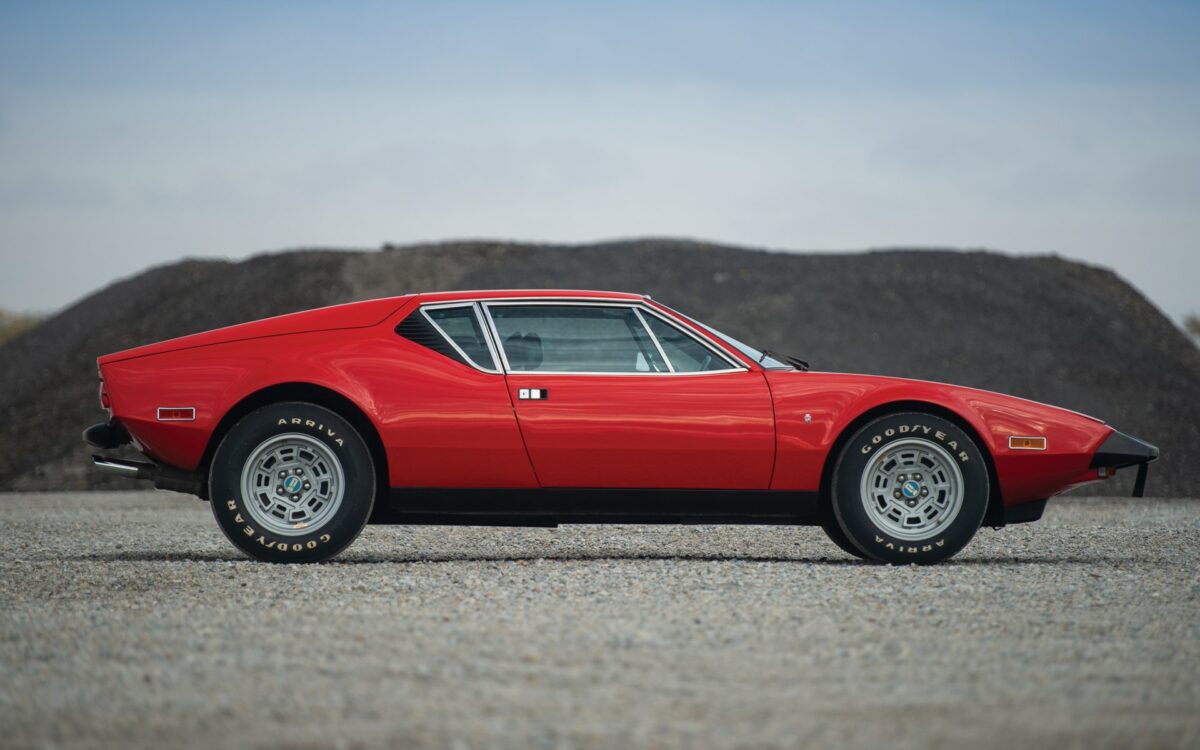
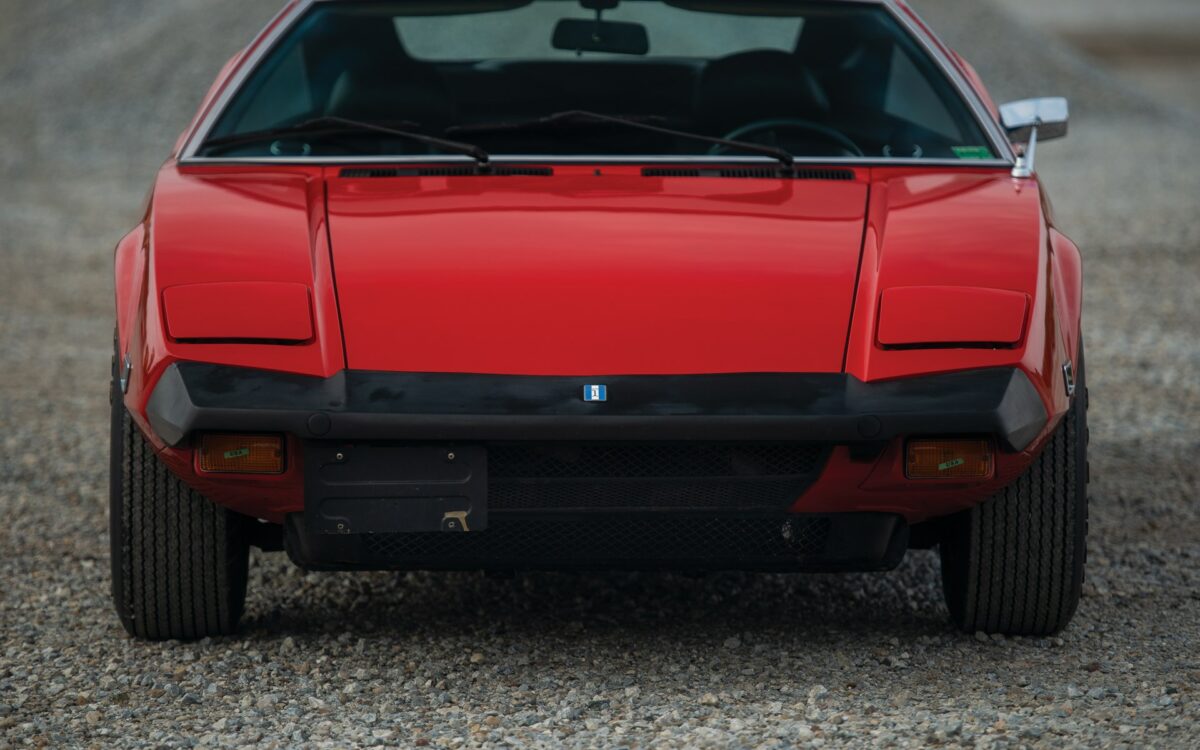
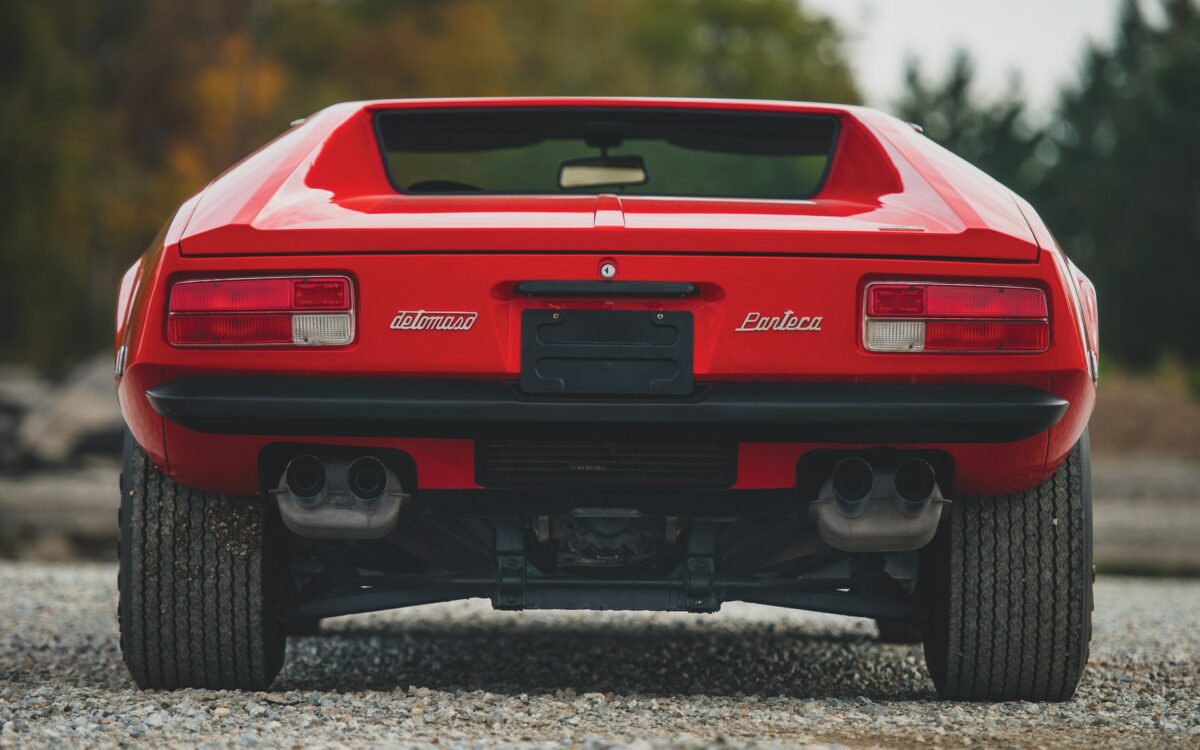
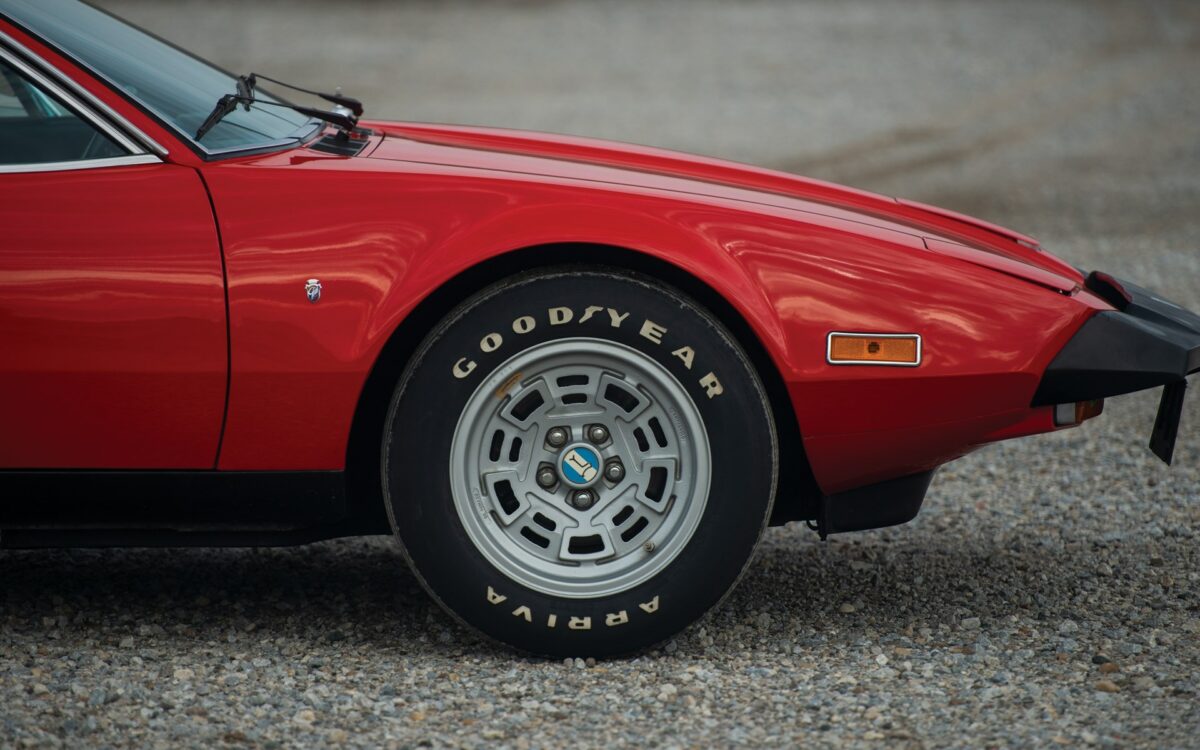
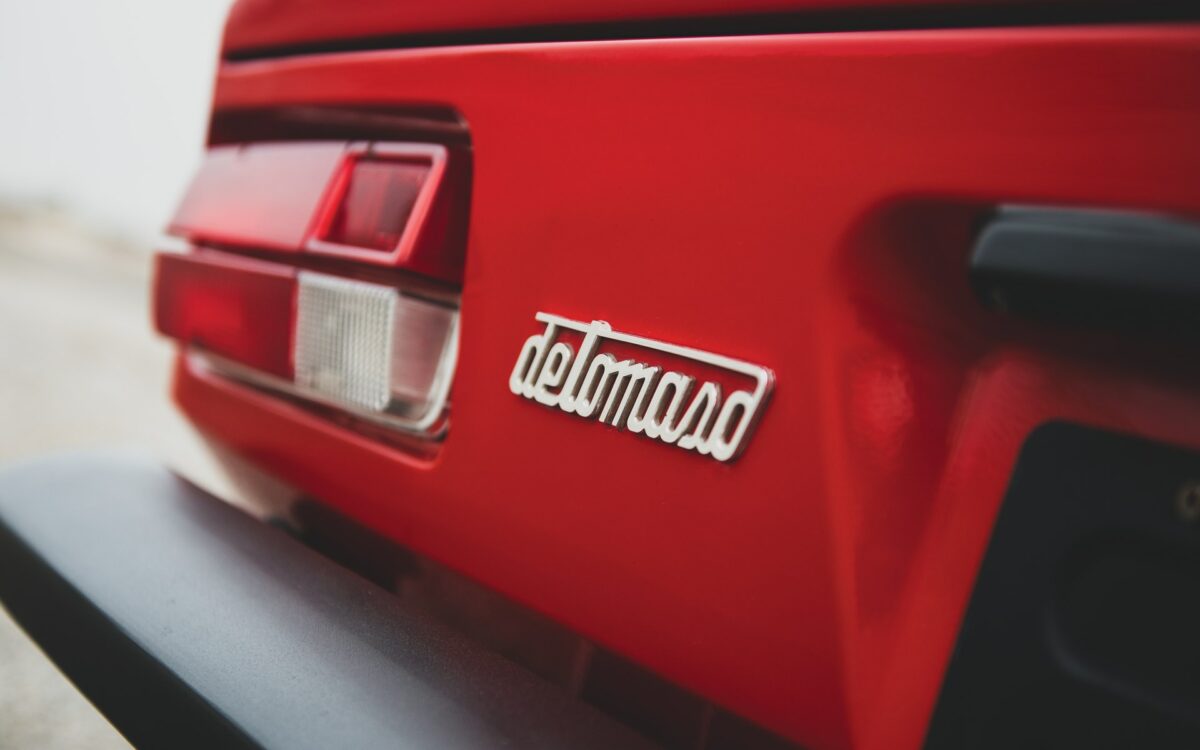
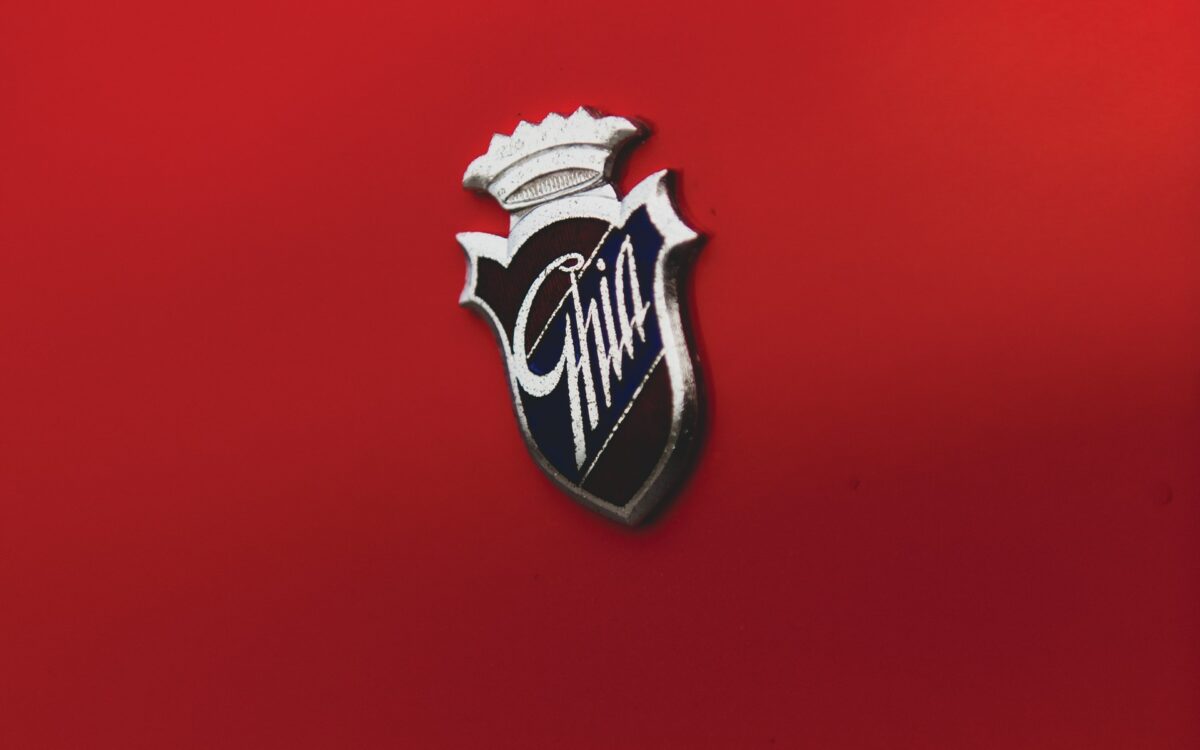
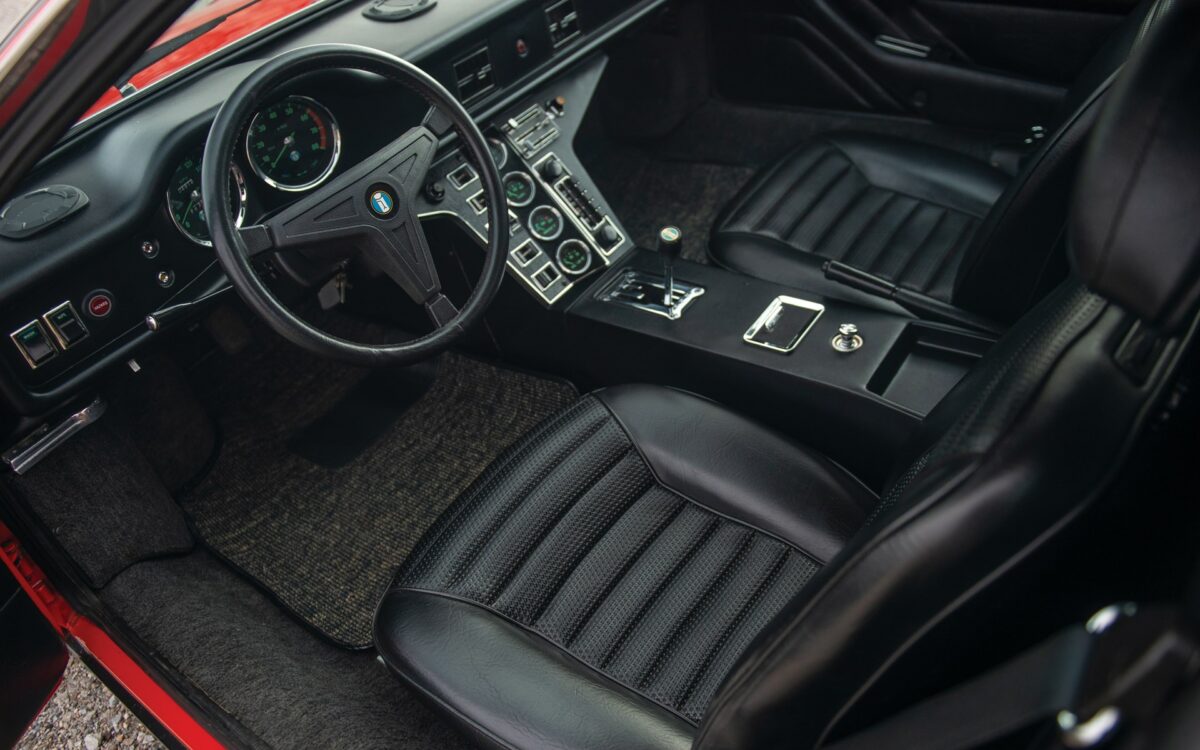









The De Tomaso Pantera was designed by the Italian design firm Ghia’s American-born designer Tom Tjaarda and replaced the Mangusta. Unlike the Mangusta, which employed a steel backbone chassis, the Pantera’s chassis was of a steel monocoque design, the first instance of De Tomaso using this construction technique. The Pantera logo included a T-shaped symbol that was the brand used by De Tomaso’s Argentinian cattle ranching ancestors, as well as a version of the Argentinean flag turned on its side, inspired by the company’s founder, Alejandro De Tomaso, having been born and raised in Argentina.
The De Tomaso Pantera debuted in Modena in March 1970 and was presented at the 1970 New York Motor Show a few weeks later. Approximately a year later the first production cars were sold, and production was increased to three per day. The slat-backed seats which had attracted criticism at the New York Auto Show were replaced by more conventional body-hugging sports seats in the production cars: leg-room was generous but the pedals were off-set and headroom was insufficient for drivers above approximately 6 ft (2 m) tall. Reflecting its makers’ transatlantic ambitions, the Pantera came with an abundance of standard features which appeared exotic in Europe, such as electric windows, air conditioning and even “doors that buzz when … open”. By the time the Ghia designed De Tomaso Pantera reached production stage, the interior was in most respects well sorted, although resting an arm on the central console could lead to inadvertently activating the poorly located cigarette lighter. The first 1971 De Tomaso Pantera models were powered by a 5.8 L (351 cu in) Ford Cleveland V8 engine having a power output of 335 PS (246 kW; 330 hp). The high torque provided by the Ford engine reduced the need for excessive gear changing at low speeds: this made the car much less demanding to drive in urban conditions than many of the locally built offerings. The ZF transaxle used in the Mangusta was also used for the Pantera: a passenger in an early De Tomaso Pantera recorded that the mechanical noises emanating from the transaxle were more intrusive than the well restrained engine noise. Another Italian car that shares the ZF transaxle is the Maserati Bora, also launched in 1971 although not yet available for sale. Power-assisted four-wheel disc brakes and rack and pinion steering were all standard equipment on the Pantera. The De Tomaso Pantera could accelerate to 97 km/h (60 mph) in 5.5 seconds according to Car and Driver. In 2019, Ares Design from Modena unveiled The Panther Progetto Uno, which represents the modern version of the Pantera.
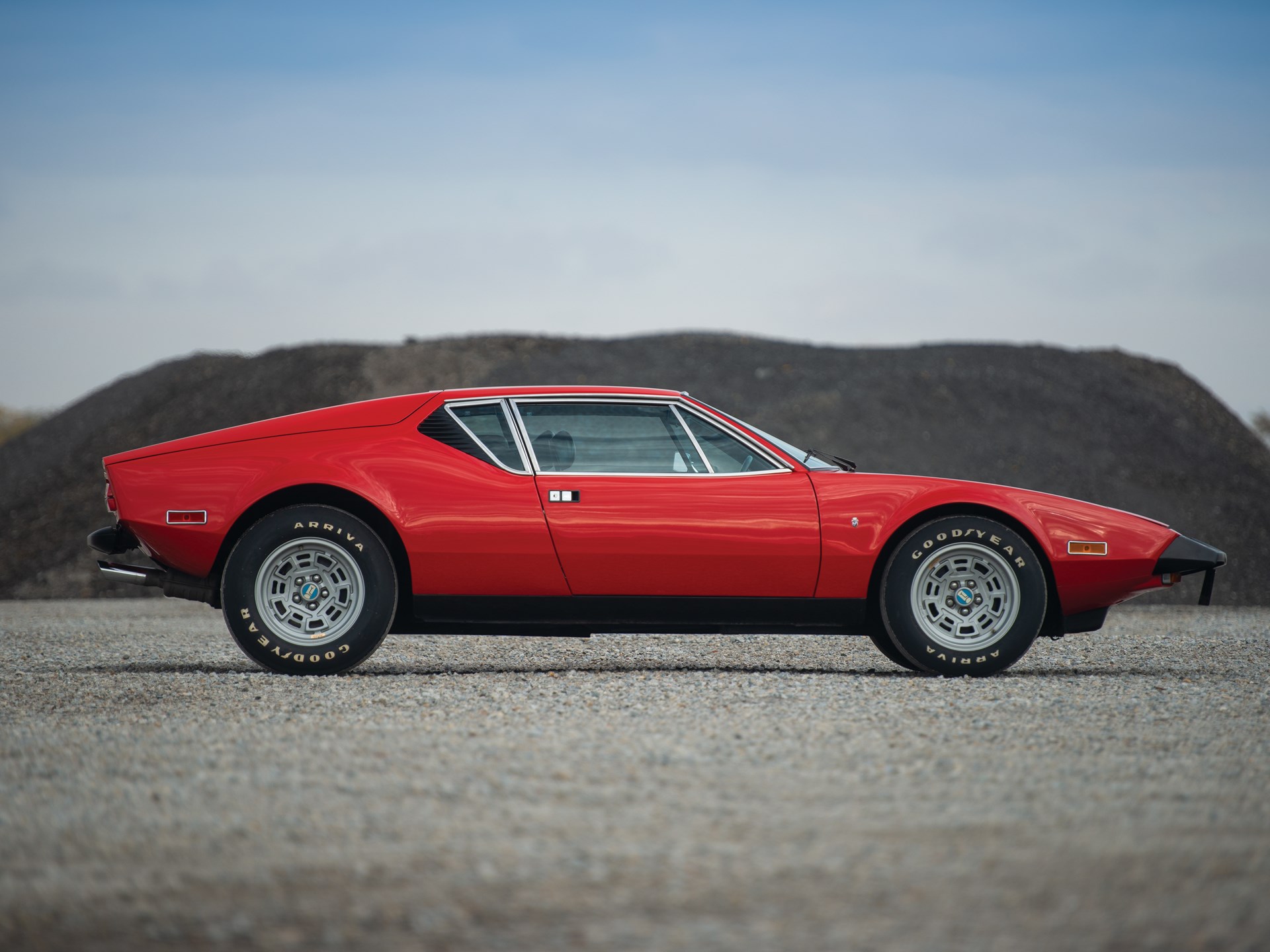
Photo courtesy of RM Sotheby’s.

Read part 1 The revolution by Savonuzzi The succession of prototypes made on behalf of Chrysler undoubtedly influenced the 1951 project by Piero Dusio,…
Missing or wrong informations?
Carrozzieri-Italiani.com relies on thousend of users who help to populate the database. We do not guarantee the accuracy of the informations. Contact us if you want to contribute.
